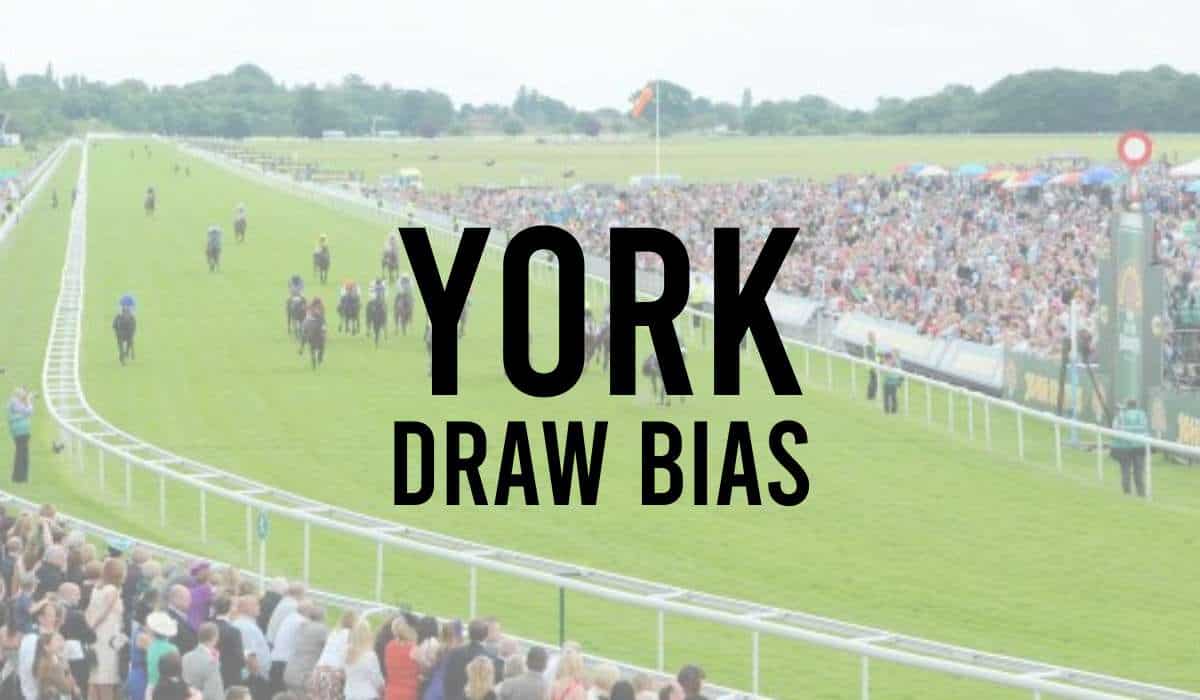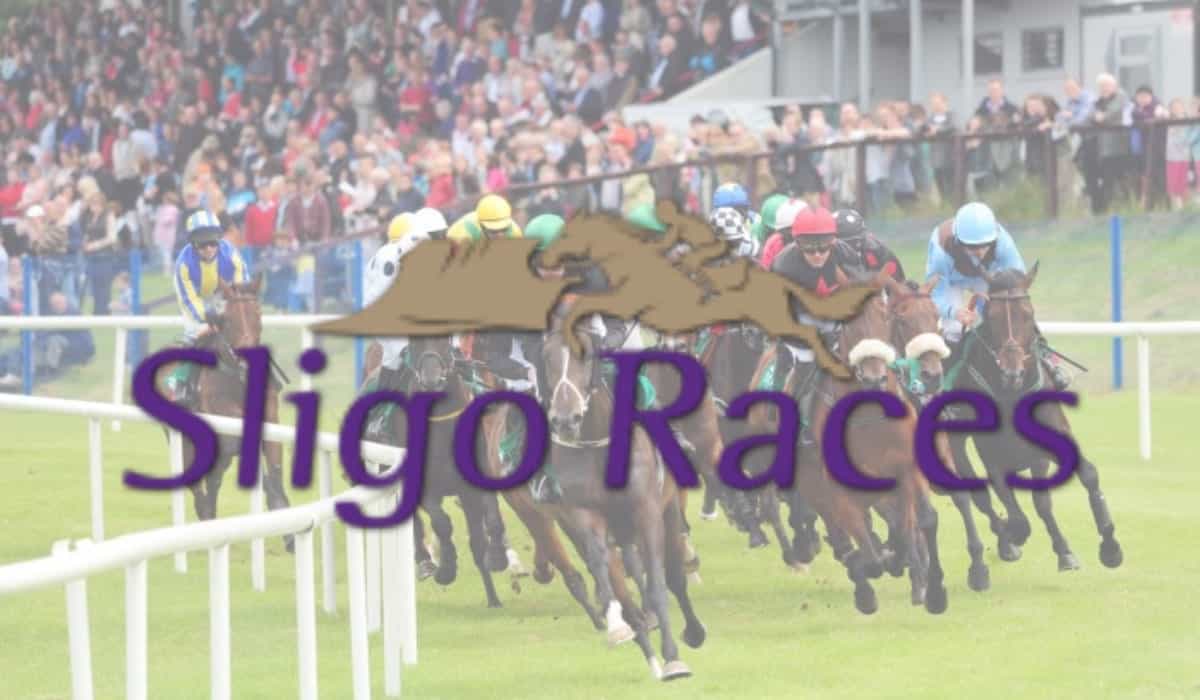Many shrewd horse racing punters research whether there is a draw bias at Sligo Racecourse.
The horse racing draws are perhaps the most overlooked factor in horse racing statistics in April 2024.
The Sligo draw bias refers to whether or not a racehorse running at Sligo has an advantage or disadvantage following the stall they have been drawn in.
Our horse racing tipsters can be influenced by the draw of the horse when selecting their best chances of a winner at Sligo Races.
In our Sligo Draw Guide, we will explain everything you need to know about the stalls and potential draw advantages for horses running at Sligo today.
Is there a draw bias at Sligo Racecourse?
Sligo Racecourse is a relatively small track, and as a result, there doesn’t appear to be a significant draw bias at the course.
However, it is worth noting that the straight course is known to favour those drawn towards the stands side.
This is because the ground can often be quicker on this side, and horses drawn in the middle or on the far side can find it harder to get into contention.
In terms of the individual distances, there doesn’t appear to be any significant draw bias either. The course is quite undulating and can be testing, particularly in soft conditions.
Therefore, it tends to be the horse’s ability and the jockey’s tactics that play a bigger role in determining the outcome of the race rather than the draw.
What is the Draw Bias at Sligo 6 1/2 Furlongs?
Based on the available data, there doesn’t seem to be a significant draw bias at Sligo Racecourse for races over 6 1/2 furlongs.
The spread of winners is fairly even across all stalls, indicating that the track is fair for all runners regardless of their starting position.
Of course, it’s always worth checking the conditions and individual race history to see if any patterns emerge.
It’s worth noting that Sligo is a tight track, with a sharp turn into the straight that can be challenging for horses on the outside.
However, this doesn’t seem to translate into a clear draw bias over 6 1/2 furlongs. Instead, the key to success at this distance may be tactical awareness and the ability to handle the tight turns of the course.
Does The Stall Draw Affect Chances Of Winning In Flat Races at Sligo?
The chances of a horse winning can hugely be affected by the stall number at Sligo Races.
The best horse racing tipping services will adjust their judgements of horses with the best chances after the stall numbers are released in the Sligo racecards.
Here is some important information on the tips, results and runners for horses running at Sligo.
Sligo Pace Bias Statistics
Sligo racecourse is known for its strong pace bias, with front runners and prominent racers typically having the best chance of success.
This is supported by the statistics, which show that over both hurdles and on the flat, being closer to the pace greatly increases a horse’s chance of winning.
In fact, backing front runners blind at Sligo on the flat has produced a win PL of 97, compared to the negative win PLs of each of the other pace positions.
The pace bias at Sligo can be attributed to the flat nature of the course and the difficulty of making up ground on the straight.
The course is also relatively short, with races generally held over 6 1/2 furlongs or less, which can make it difficult for horses to come from behind.
However, it is important to note that the pace bias may vary from race to race, and it is still necessary to analyse each individual race to determine which horse is most likely to succeed.
Overall, the pace bias statistics at Sligo suggest that being close to the pace is a significant advantage for horses and should be taken into consideration when handicapping races at the course.
Summary
The data and stats are updated in real-time from our Sligo Horse Racing Results for the information shared on the draw bias.
With the draw bias mainly affecting the sprint races then punters are quickly on the lookout for the big ante posts races, as the draws are released.
Ground conditions, weather, and handicapping blots can affect the draw bias statistics. So at times, it is strongly advised to check the earlier races of the day to see if the draw bias on the current ground has changed.
Related Draw Bias Posts
Find all the draw bias information articles.
- Ascot Draw Bias
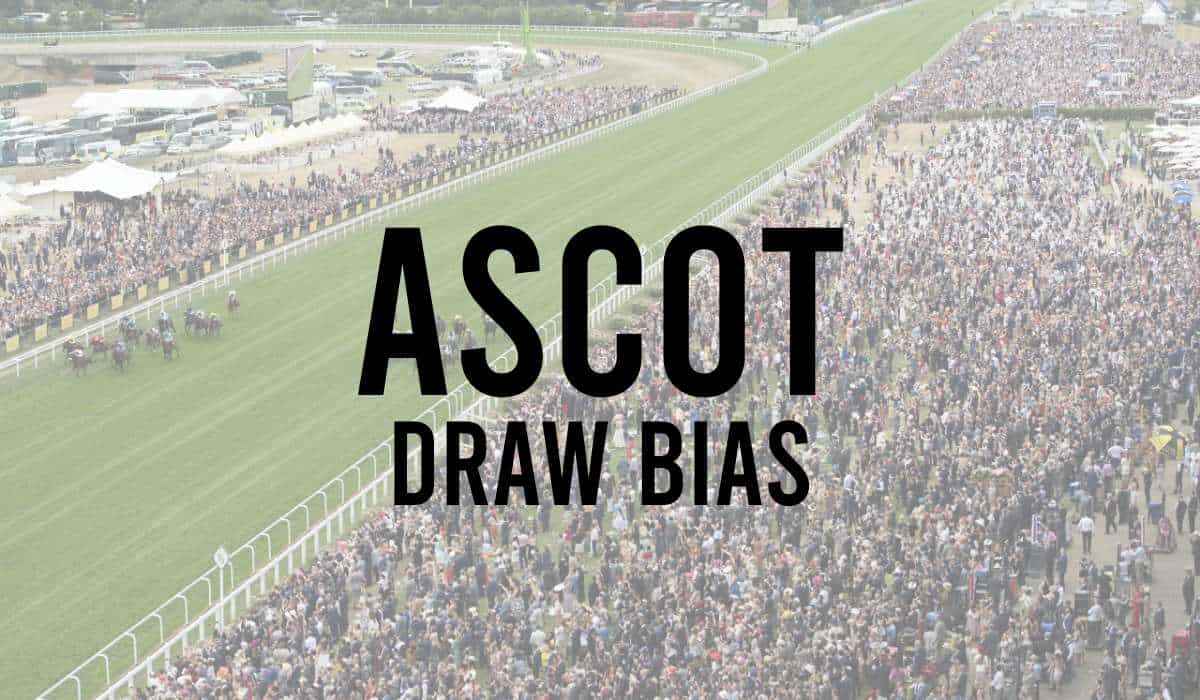
- Bath Draw Bias
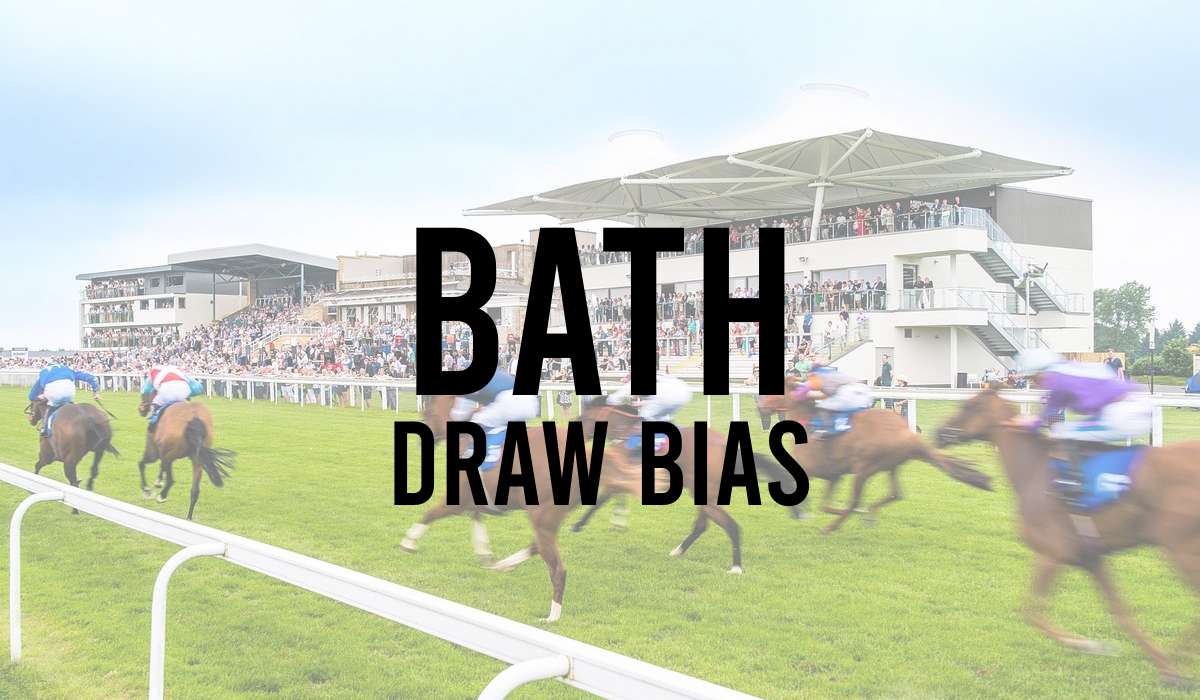
- Beverley Draw Bias
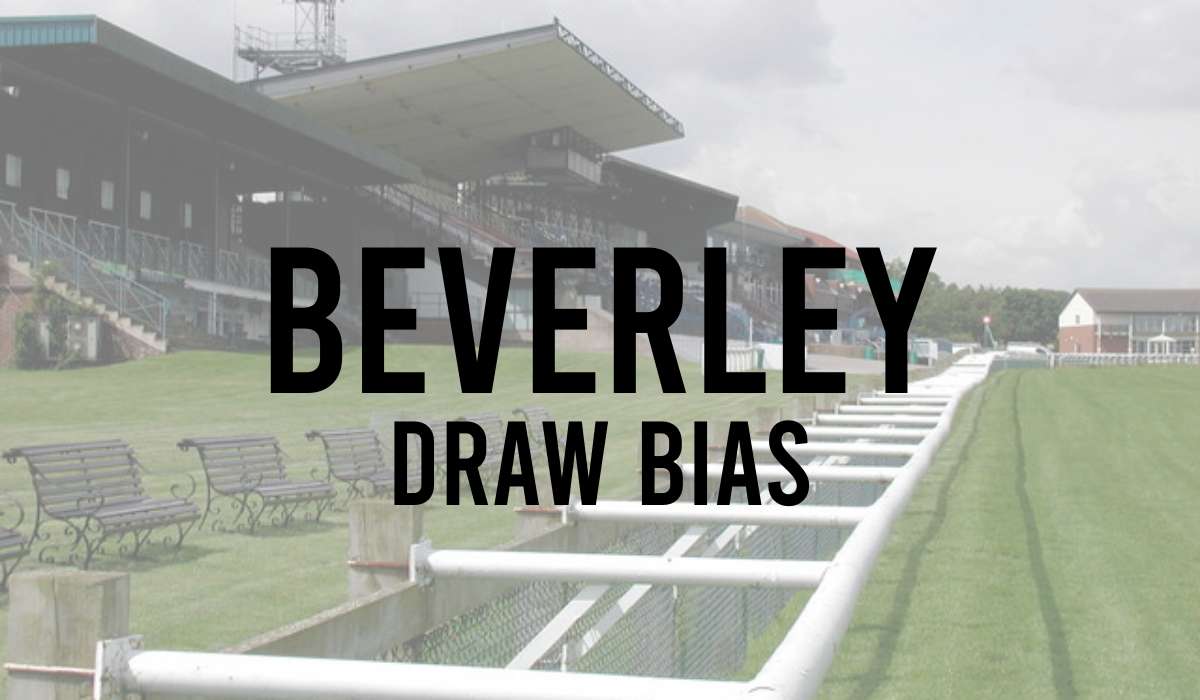
- Brighton Draw Bias
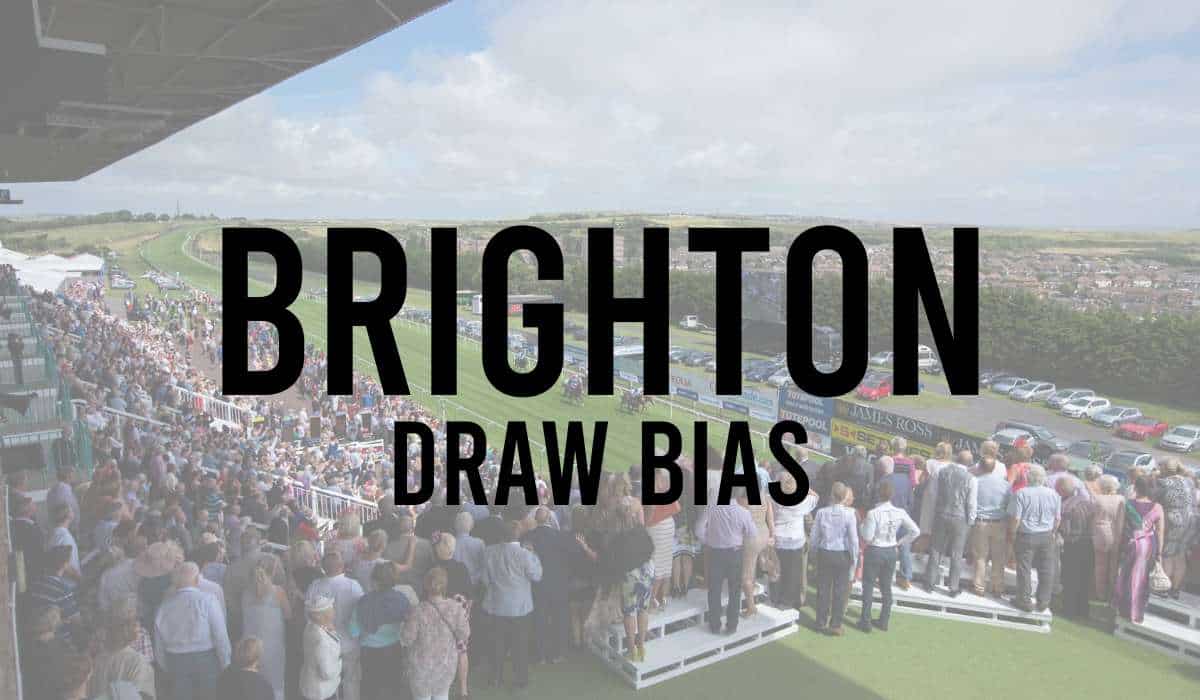
- Catterick Draw Bias
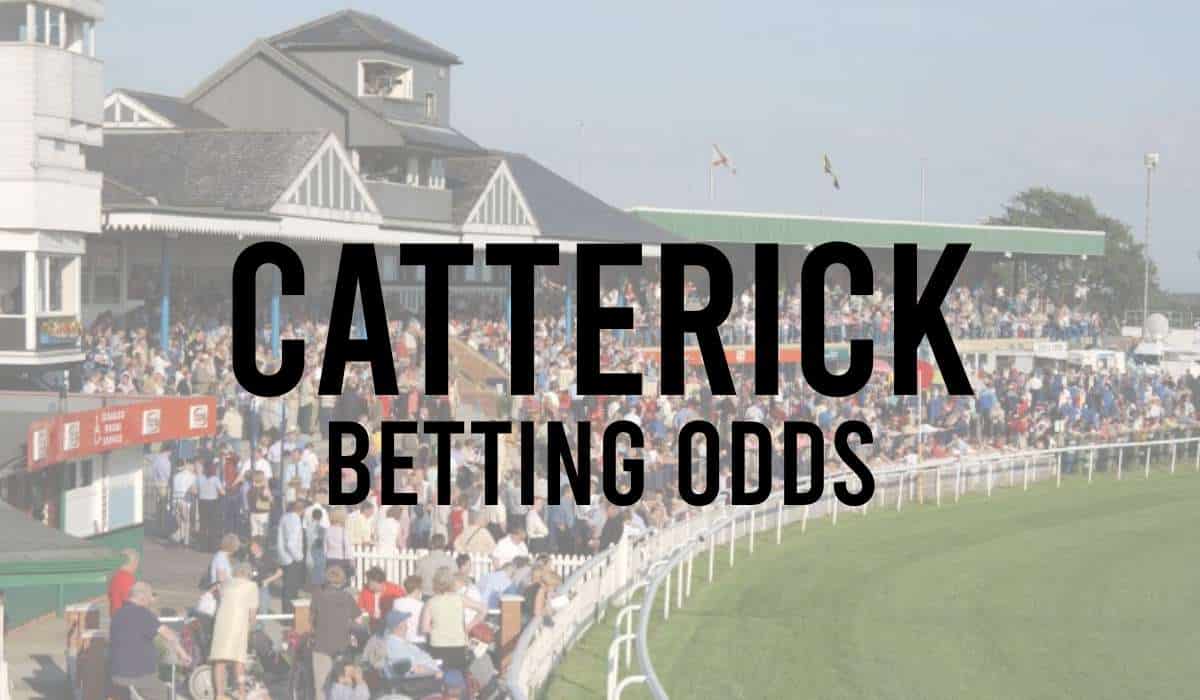
- Chelmsford Draw Bias
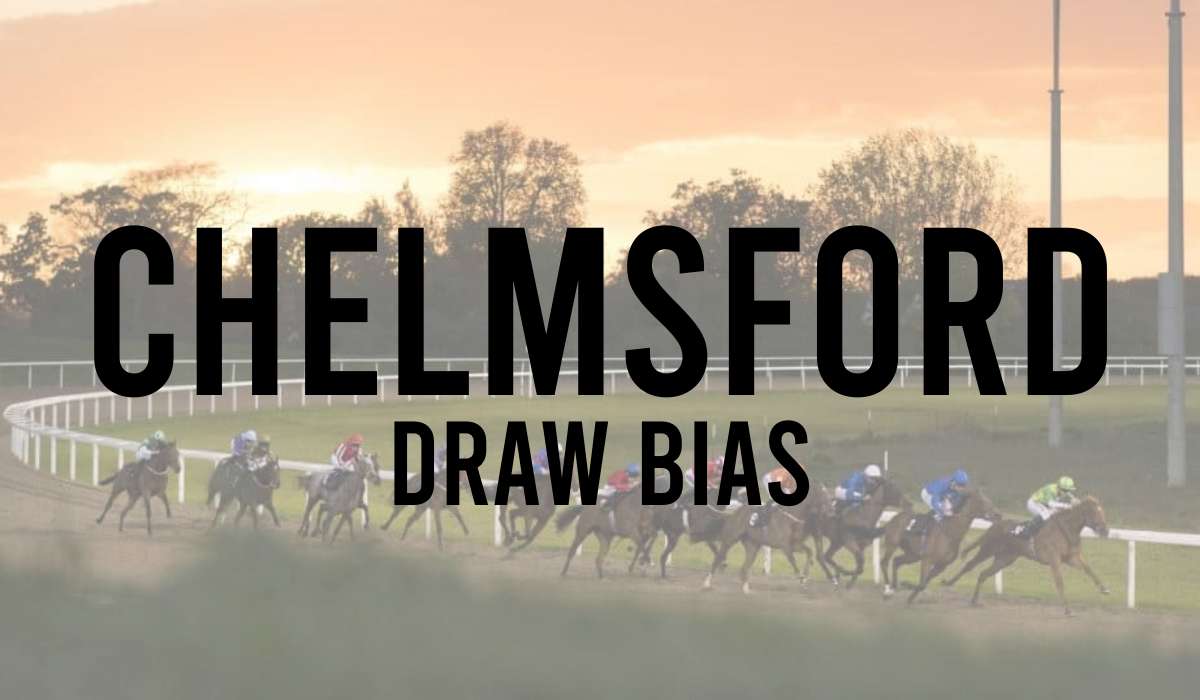
- Chester Draw Bias
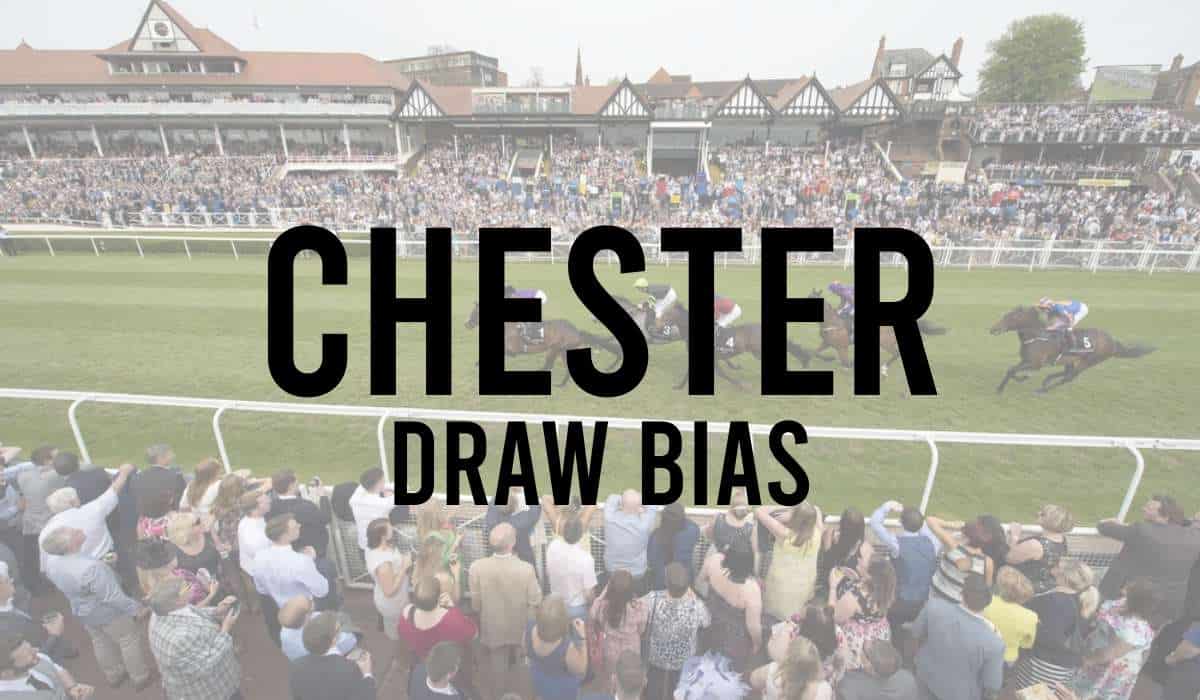
- Cork Draw Bias
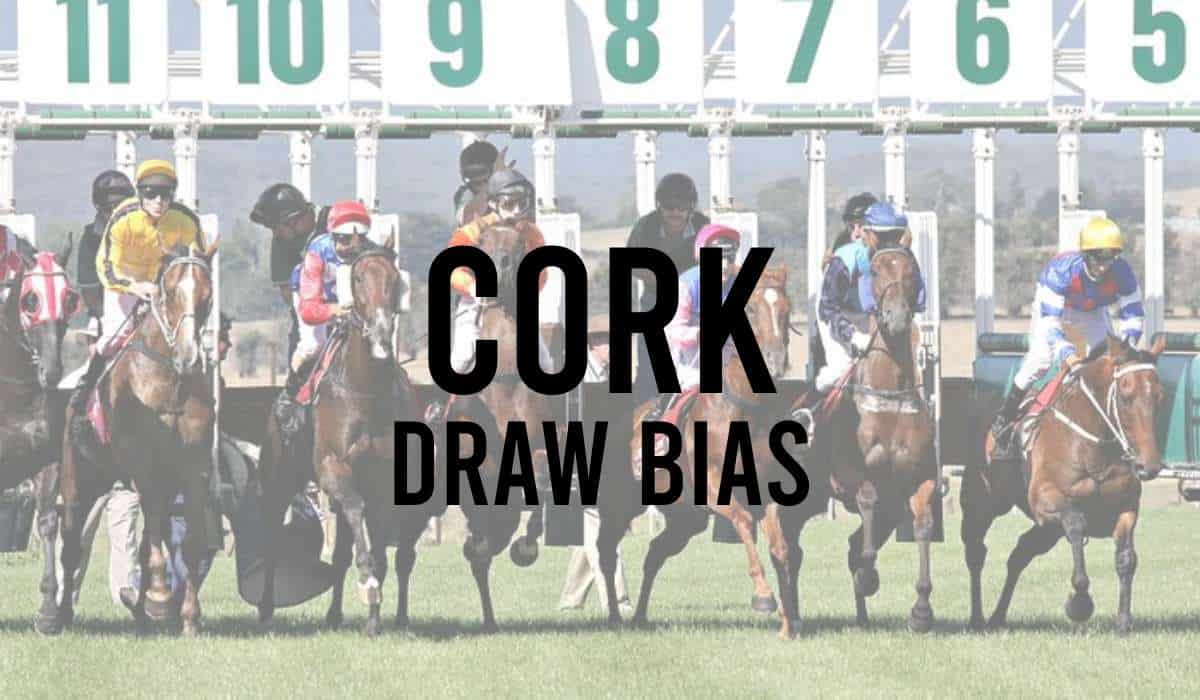
- Doncaster Draw Bias
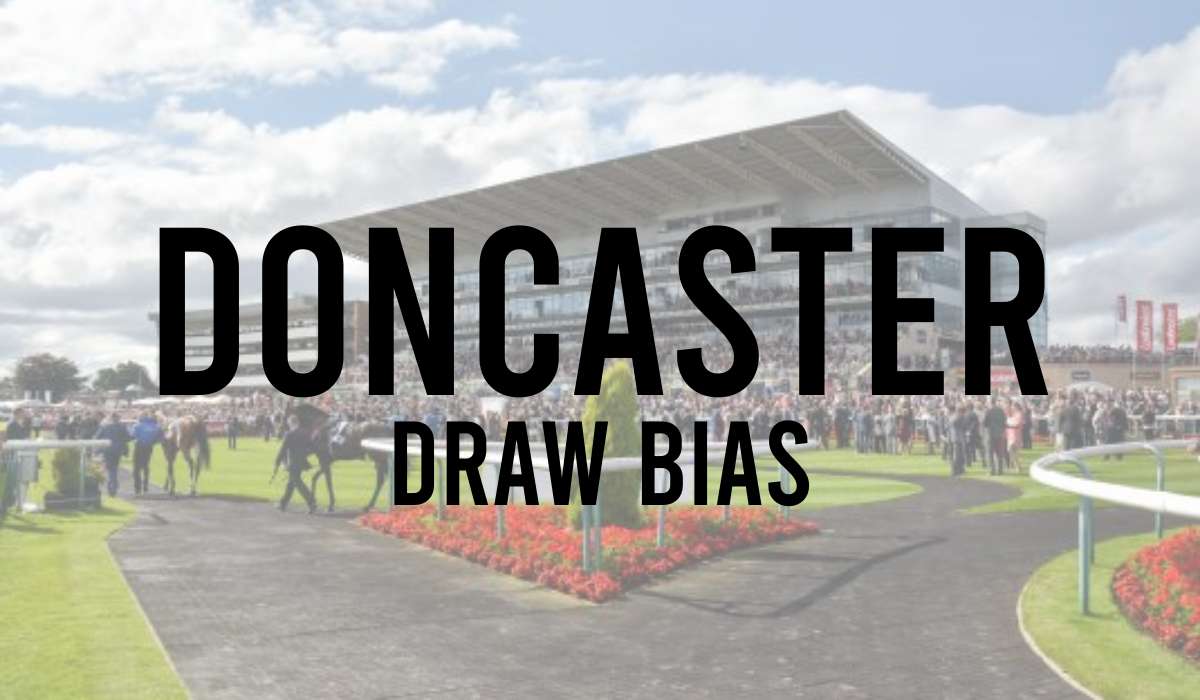
- Dundalk Draw Bias
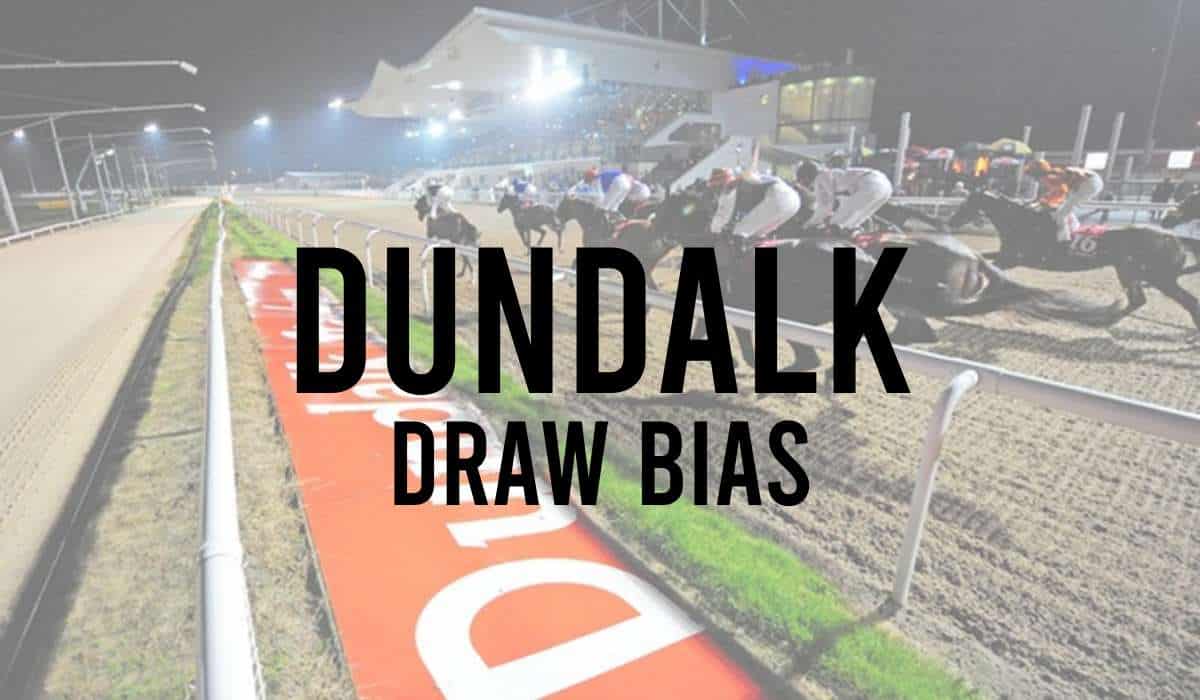
- Epsom Racecourse Draw Bias
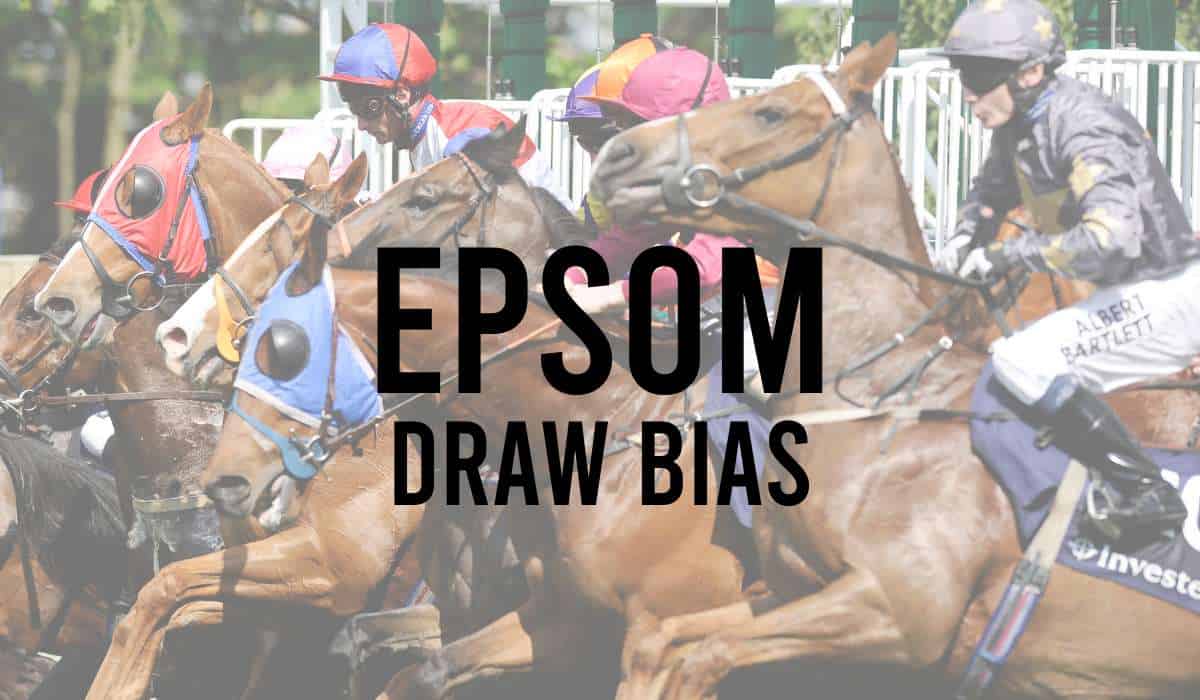
- Goodwood Draw Bias
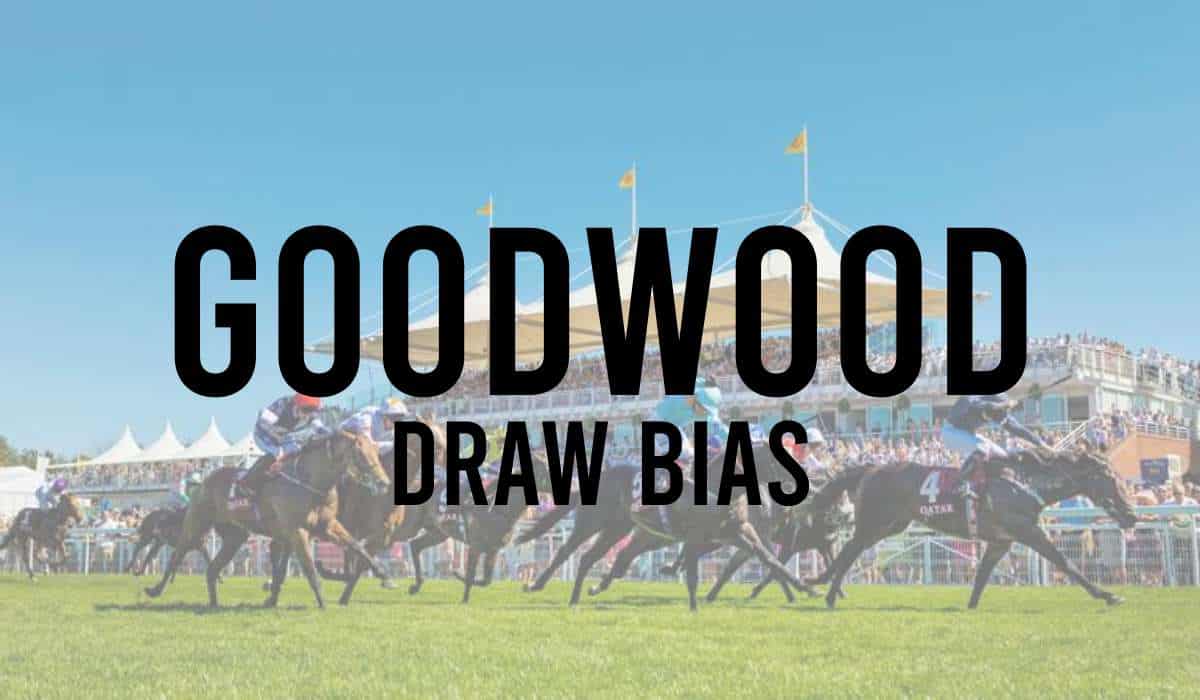
- Hamilton Draw Bias
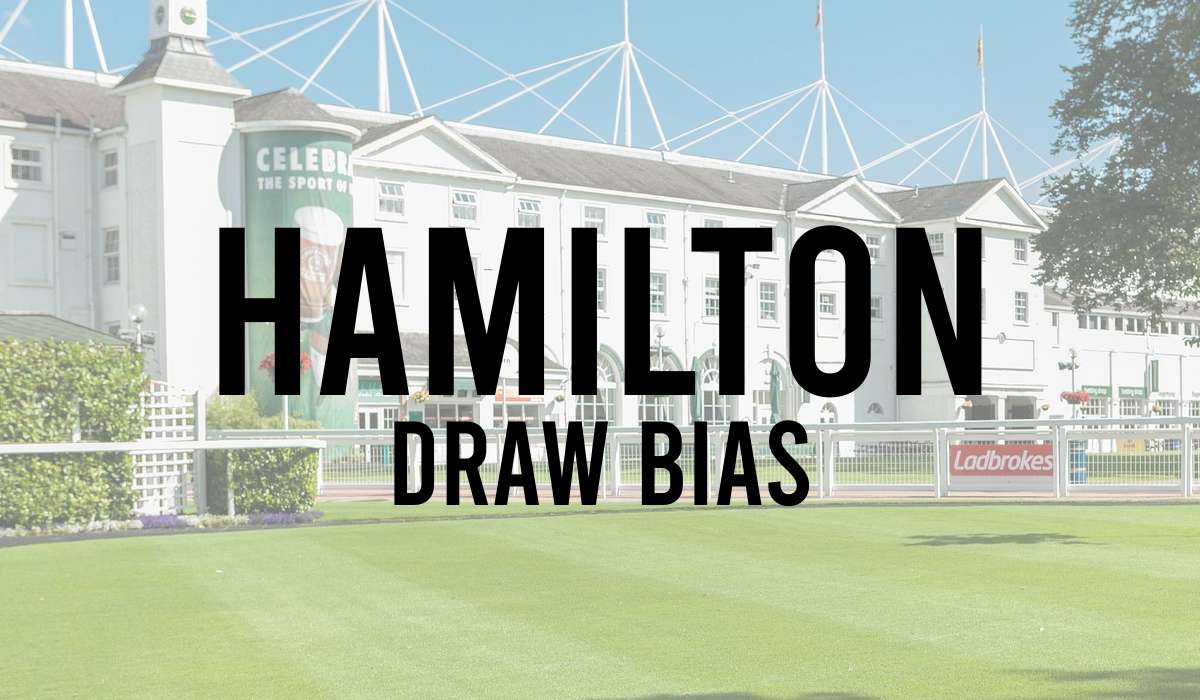
- Haydock Draw Bias
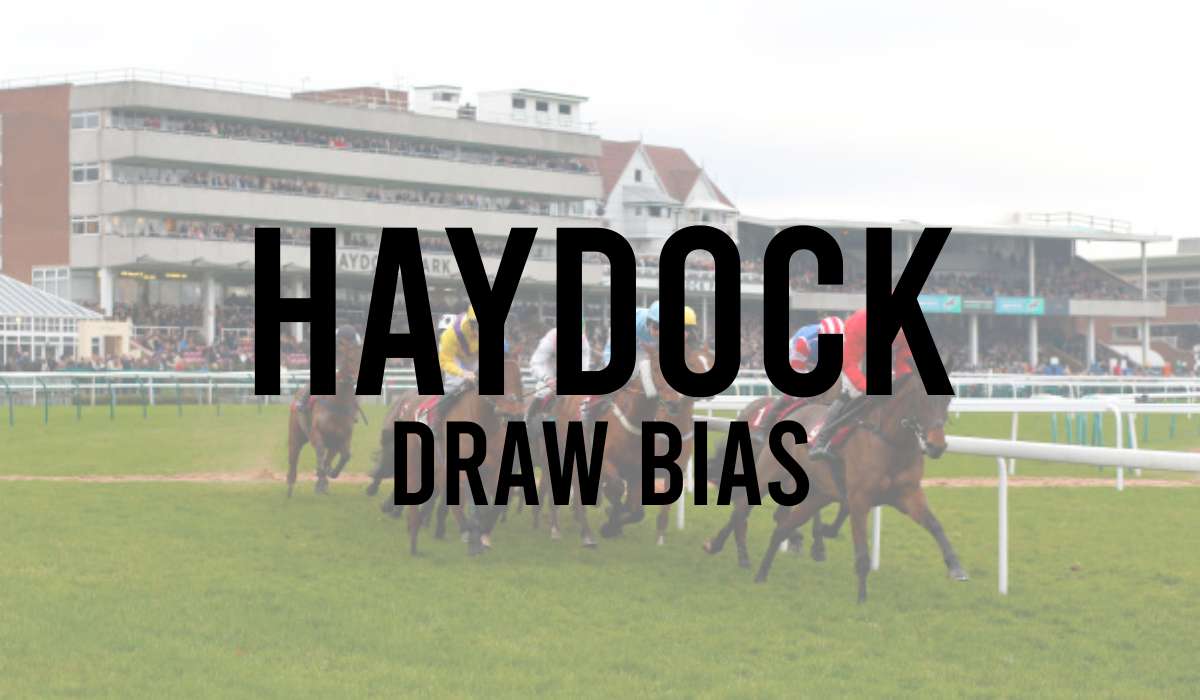
- Horse Racing Draw
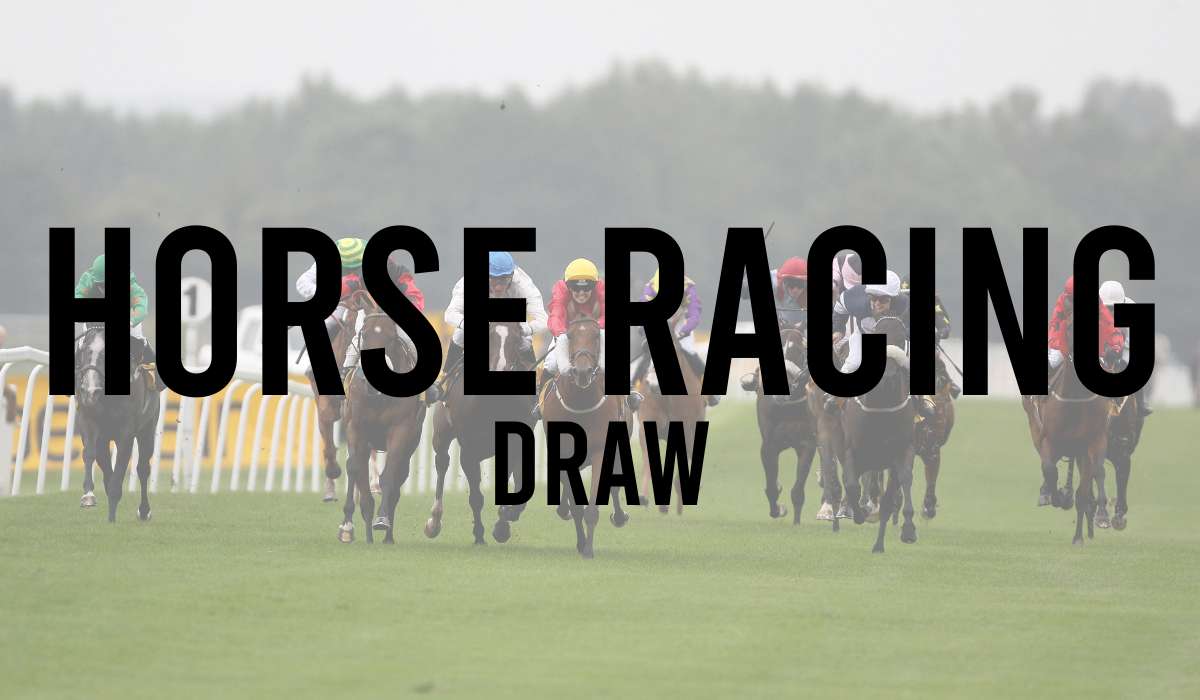
- Kempton Draw Bias
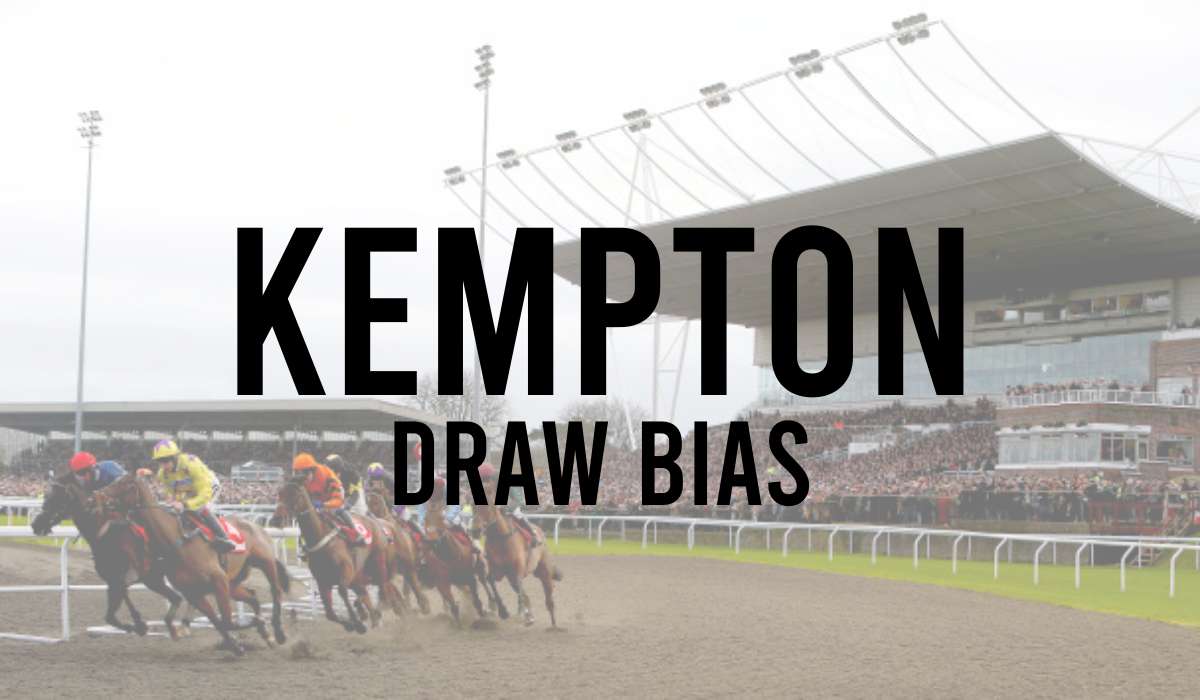
- Lingfield Draw Bias

- Musselburgh Draw Bias
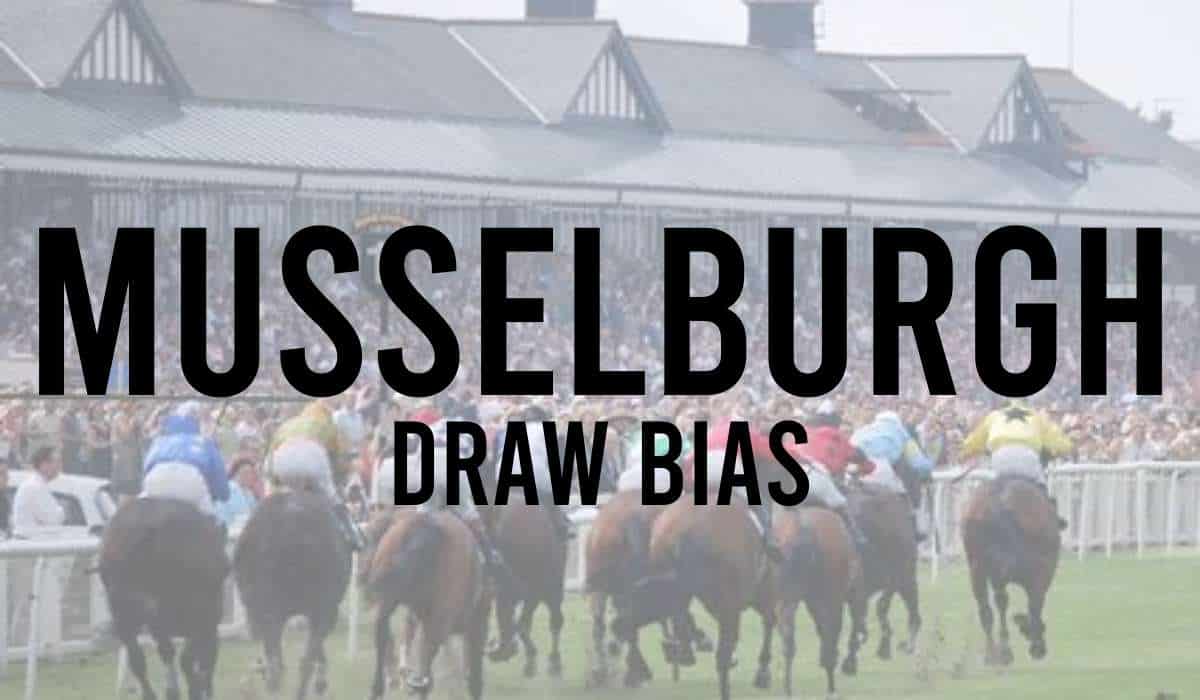
- Newbury Draw Bias
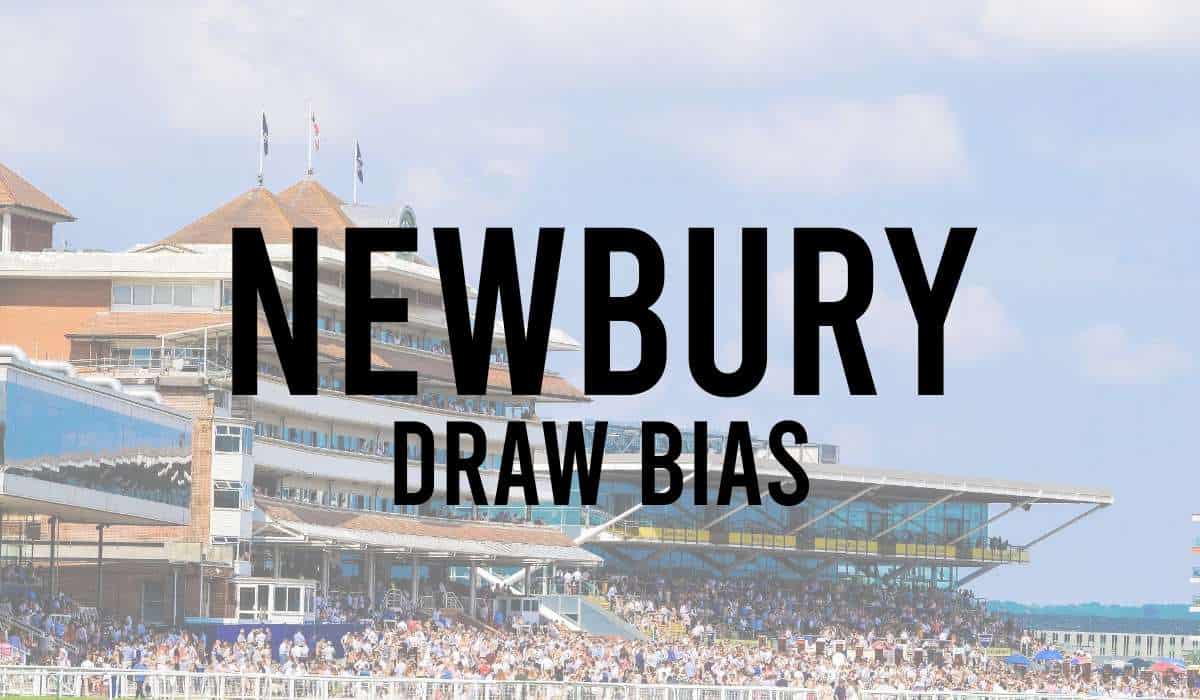
- Newcastle Draw Bias
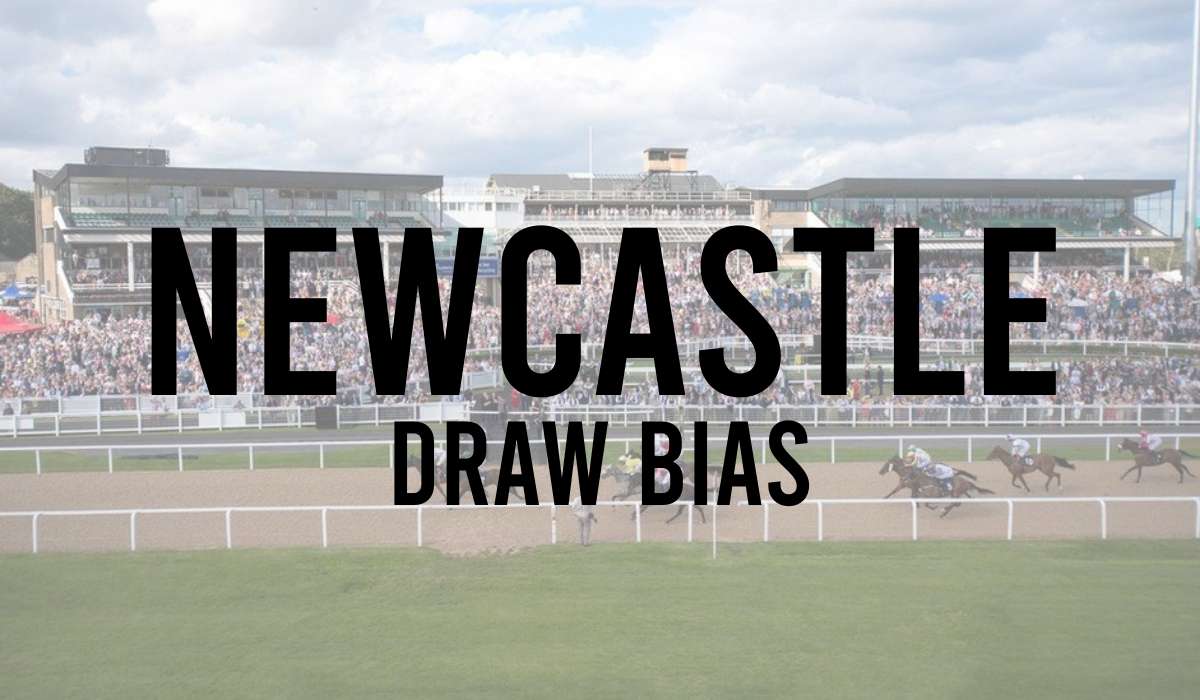
- Newmarket July Course Draw Bias
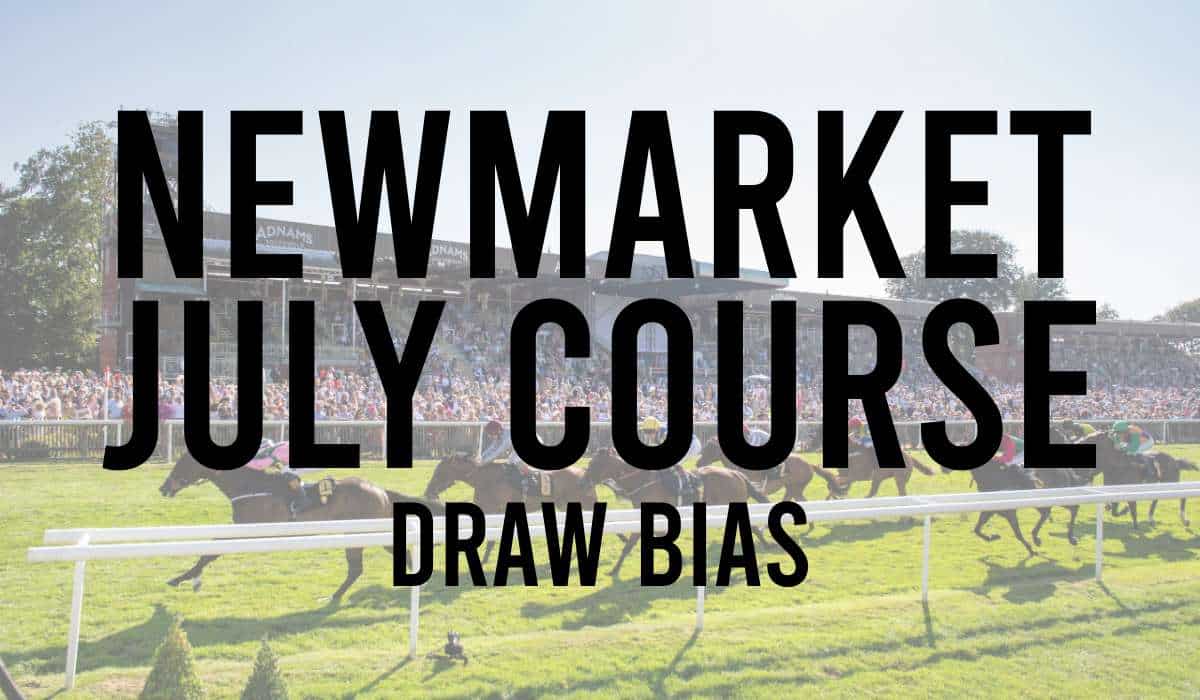
- Newmarket Rowley Mile Draw Bias
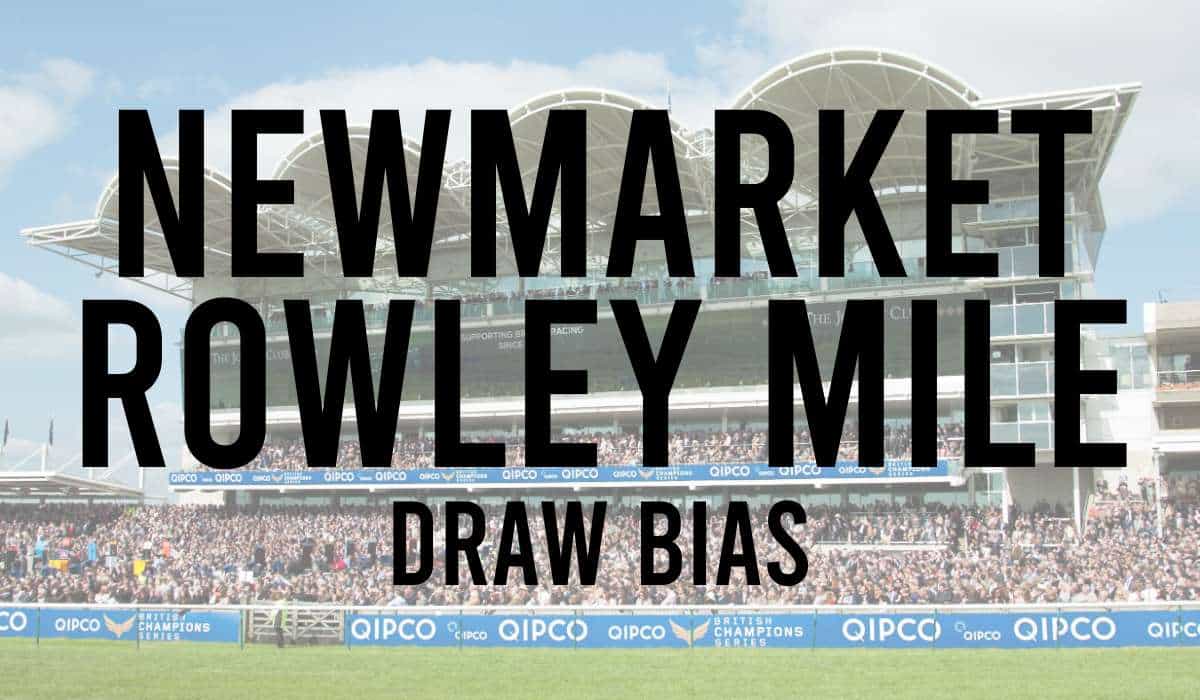
- Nottingham Draw Bias
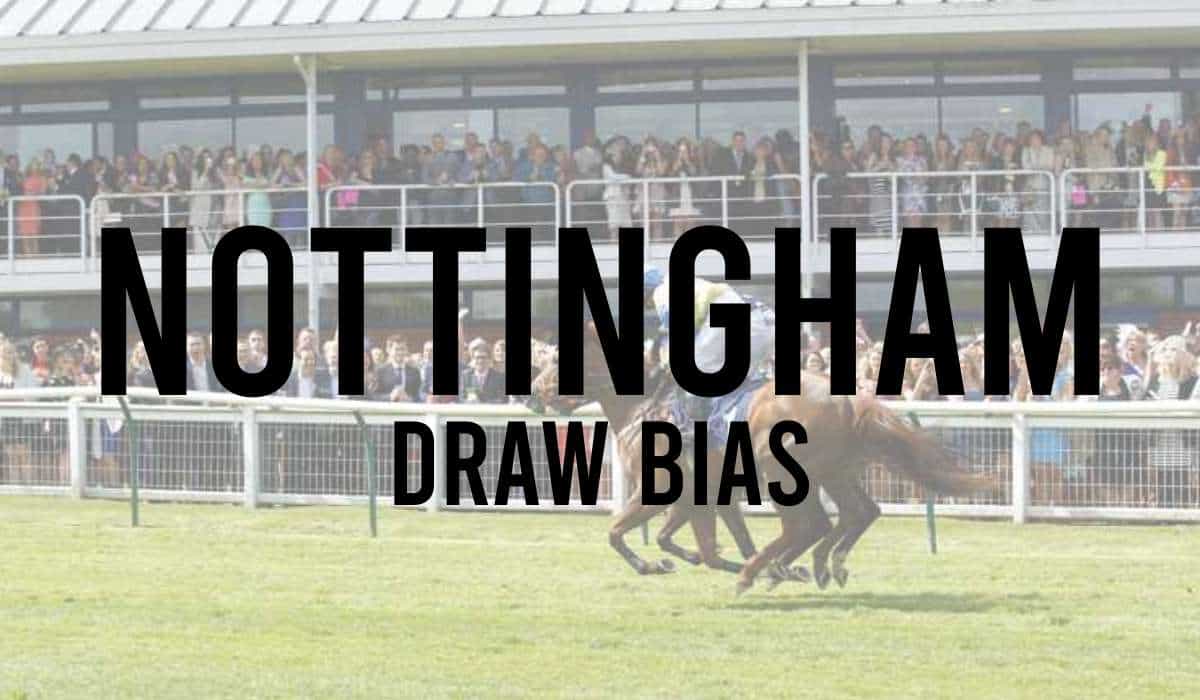
- Pontefract Draw Bias
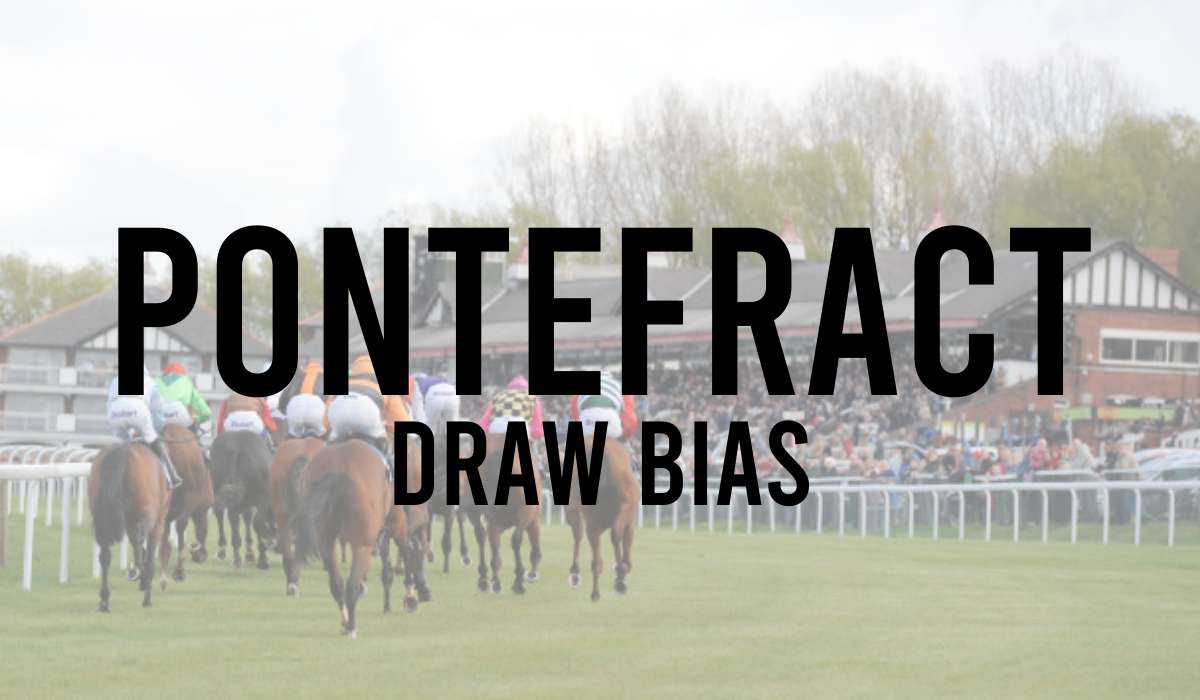
- Redcar Draw Bias
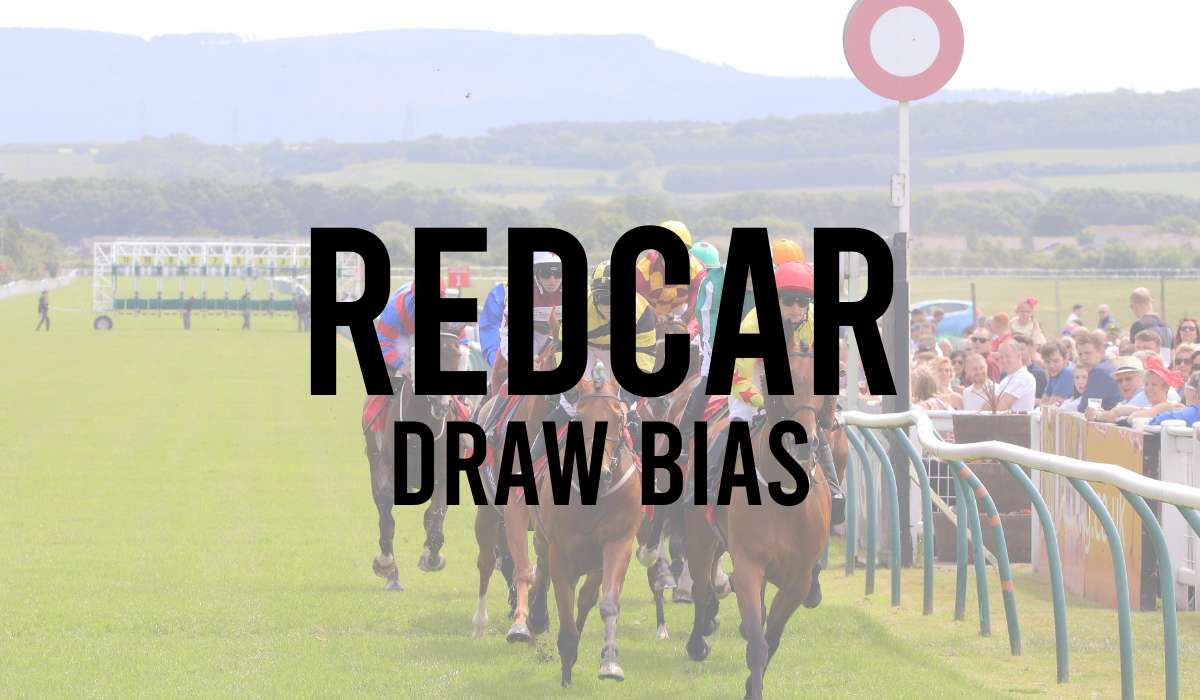
- Ripon Draw Bias

- Salisbury Draw Bias
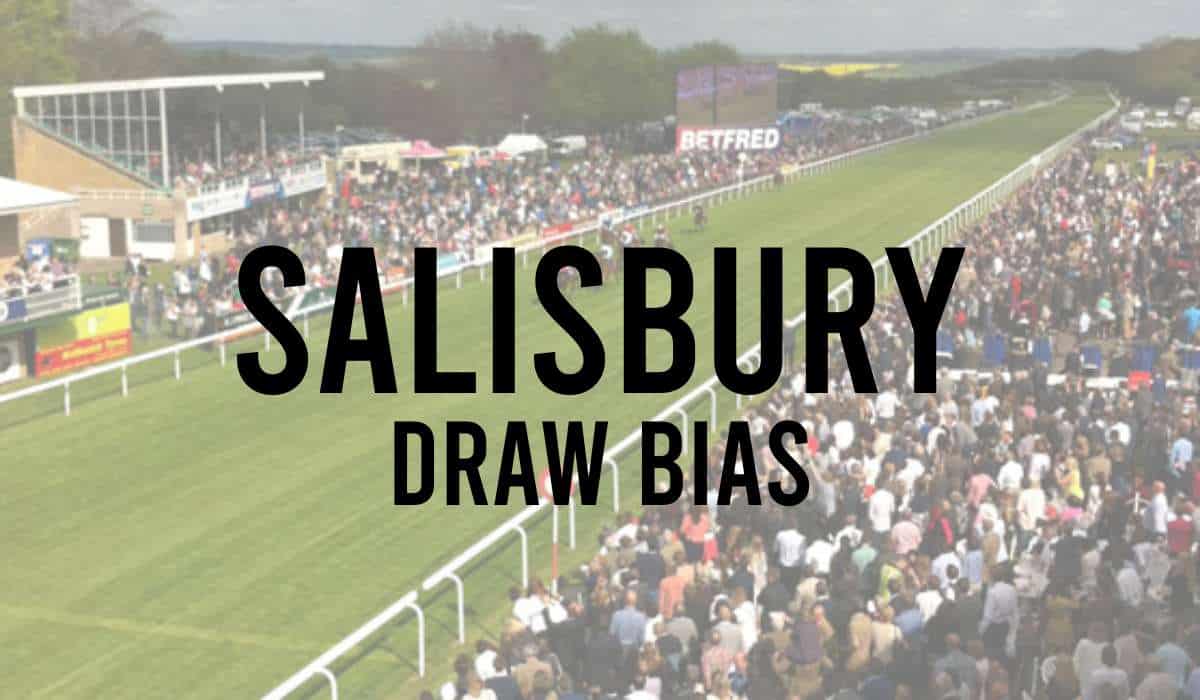
- Sandown Draw Bias
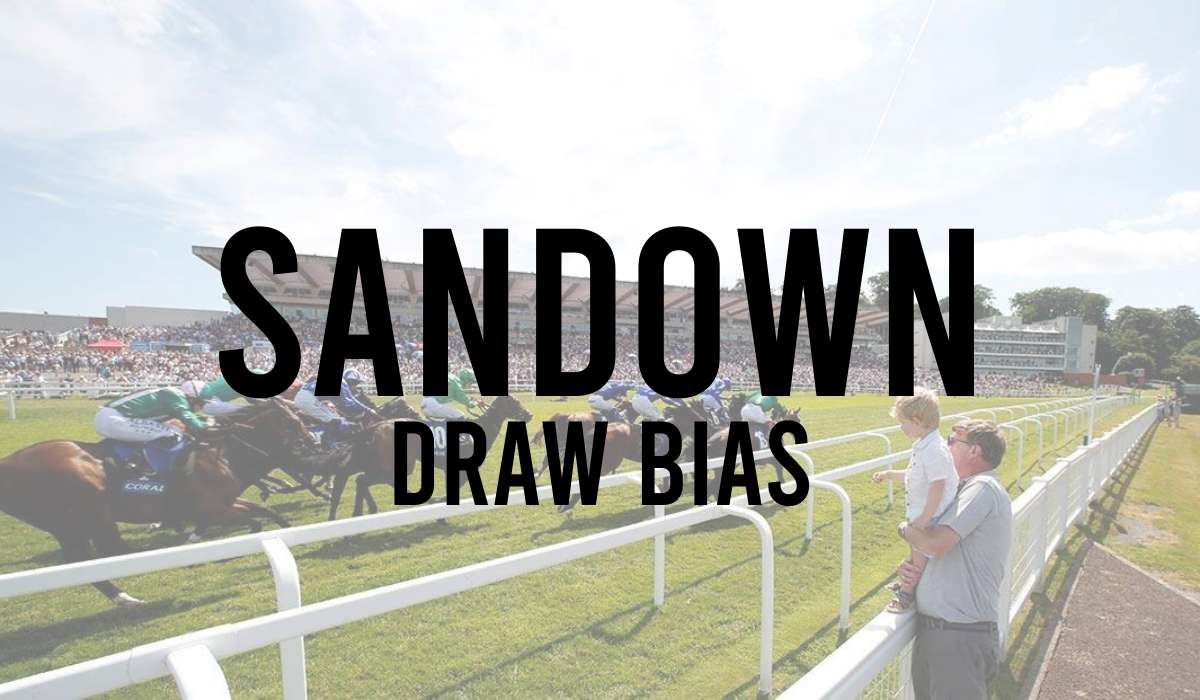
- Sligo Draw Bias
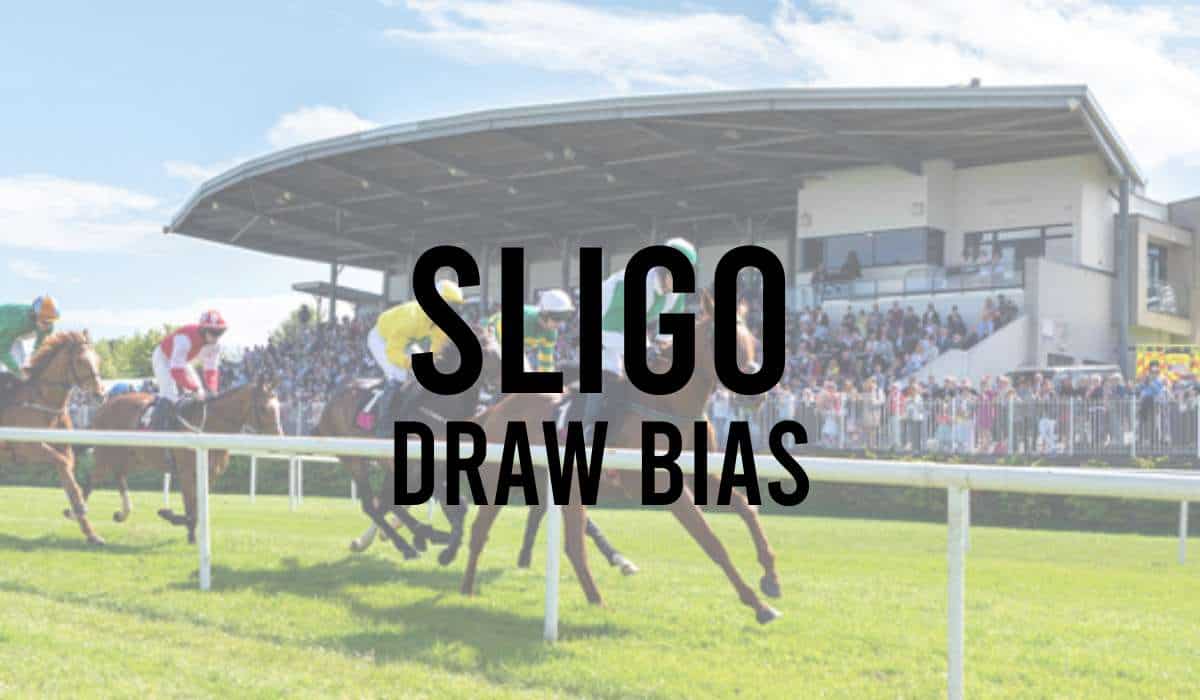
- Thirsk Draw Bias
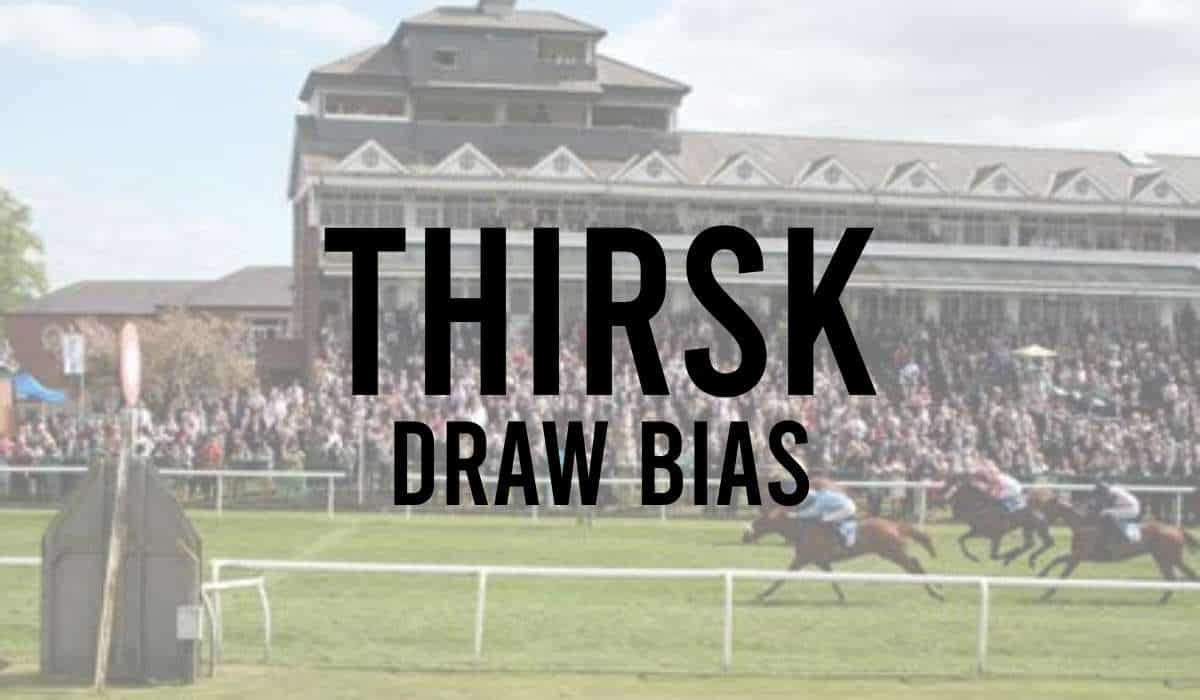
- Windsor Draw Bias
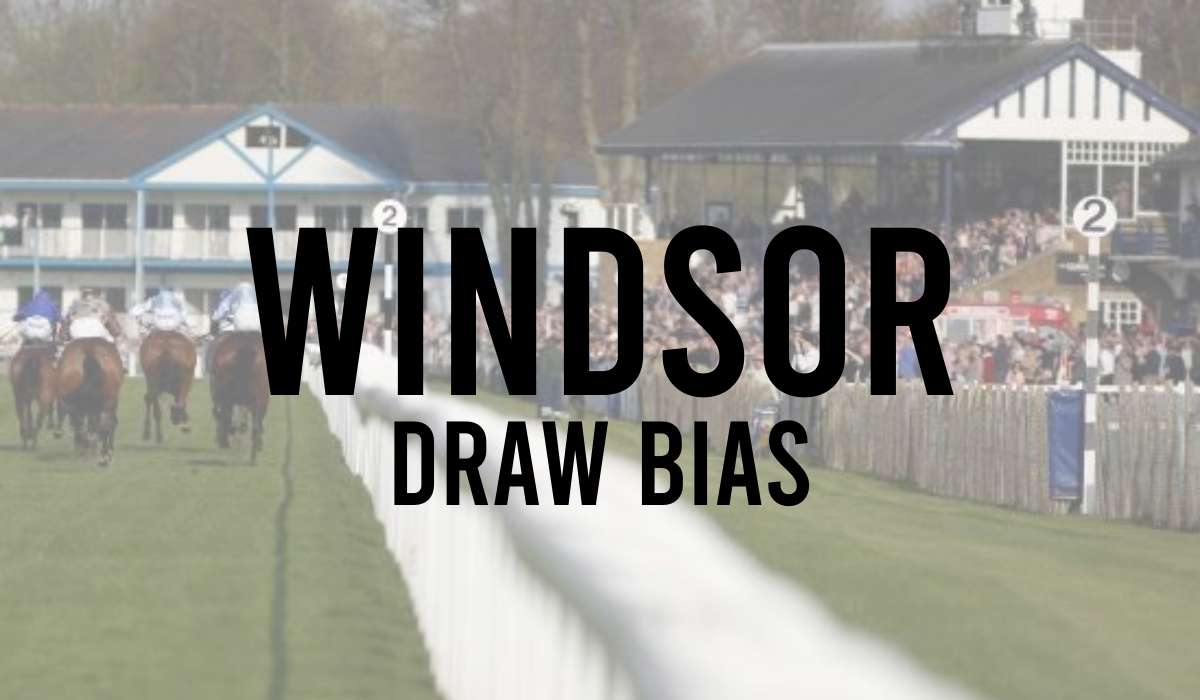
- Wolverhampton Draw Bias
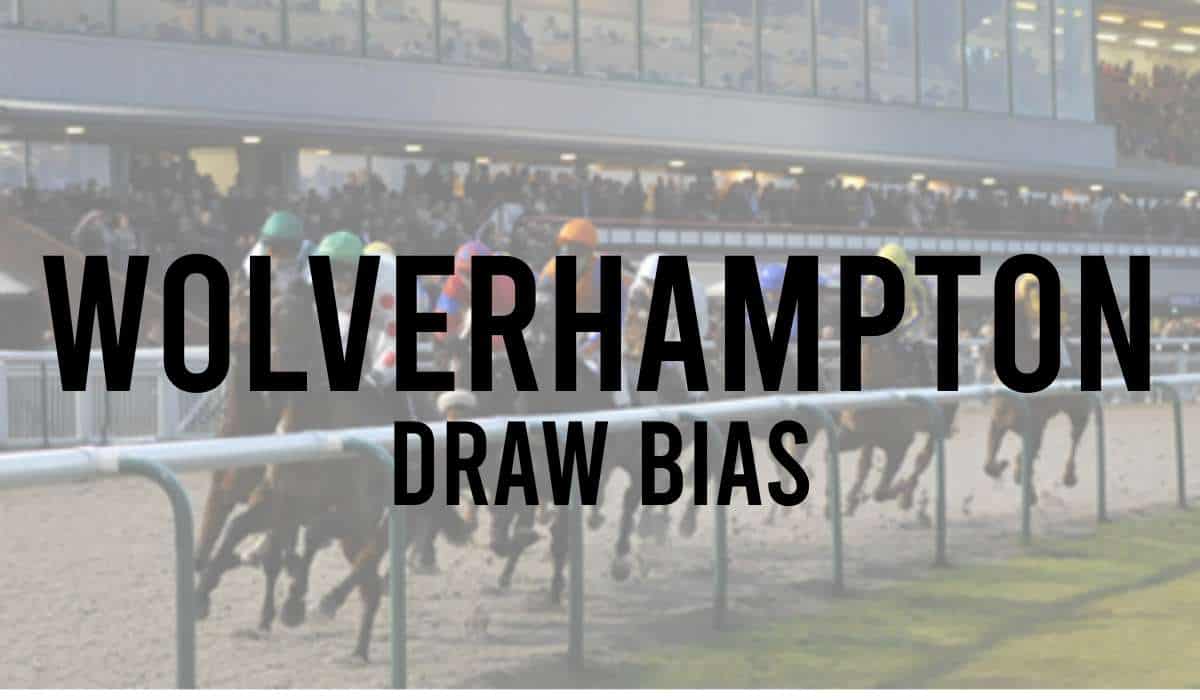
- York Draw Bias
